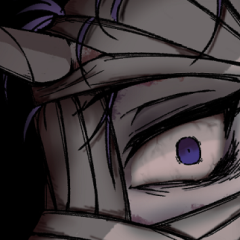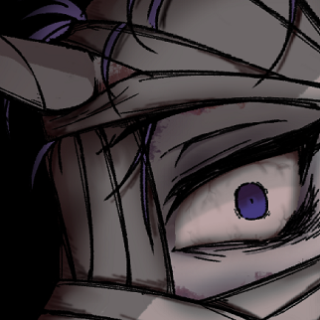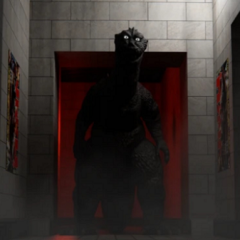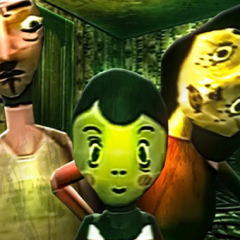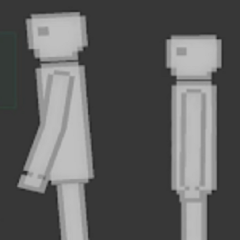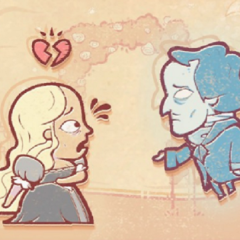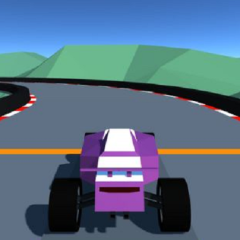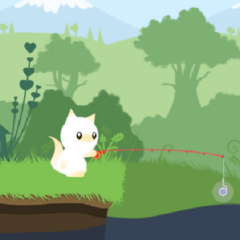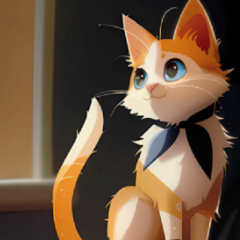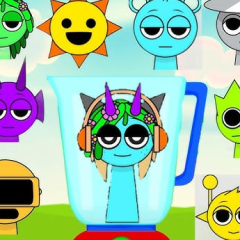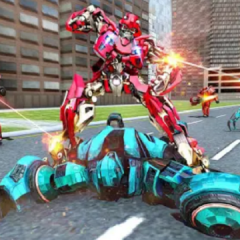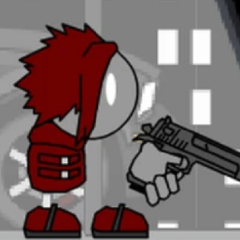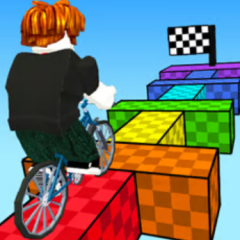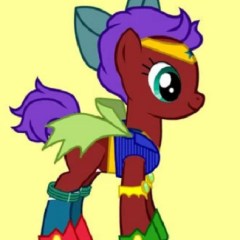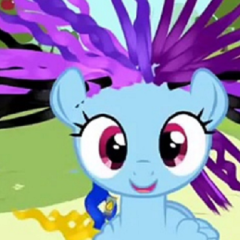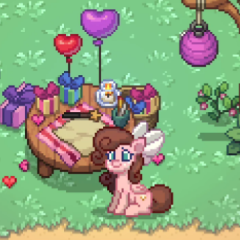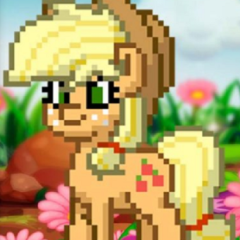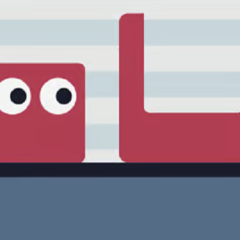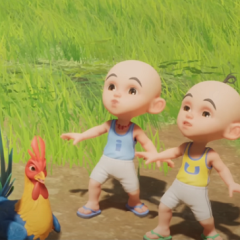Ponyville is a short experimental horror game that reimagines a peaceful animated setting as the backdrop for something darker. The player controls Fluttershy and is placed in a looping environment that appears harmless at first. As the game progresses, the surroundings begin to shift — familiar characters behave strangely, sounds distort, and parts of the scenery subtly change. There are no instructions, no visible goals, and no dialogue, which leaves the player alone to interpret what’s unfolding. This absence of clarity is what makes the experience feel increasingly unstable.
Repetition as a Narrative Tool
The core design of Ponyville relies on repetition. Players move through the same few scenes multiple times, observing how things evolve with each pass. The changes are not always immediate or dramatic. Instead, they build up gradually — a missing object, a flickering screen, a character who no longer responds. This looping structure creates unease, as the familiar starts to decay without warning or explanation. The world doesn’t react to the player’s actions in a traditional sense, but it continues to change, regardless of what the player does.
Minimalism and Directionless Progression
The gameplay is deliberately minimal. There is no user interface, no inventory, and no interaction beyond basic navigation. Everything is communicated visually or through sound. This stripped-down approach enhances the focus on atmosphere. Without objectives to complete or choices to make, the player becomes a passive witness to a world unraveling. The experience is brief but concentrated, encouraging careful observation rather than problem-solving.
· Loop-based structure with subtle progression
· Click-to-move mechanics in a side-scrolling space
· Static visual style with evolving elements
· No dialogue, menus, or interactive choices
· Focus on sound, pacing, and visual disruption
Sound and Mood Control
Audio plays a central role in building tension. There is no music, which gives the game a quiet, hollow feel. Instead, ambient noises and occasional audio glitches break the silence. These sounds are used sparingly but effectively, acting as signals that the environment has changed or something is about to happen. Because the game doesn’t rely on jump scares, the audio design carries much of the emotional weight, reinforcing the shift from familiarity to discomfort.
Interpretation and Impact
Ponyville does not provide a clear narrative, leaving interpretation up to the player. Some may see it as a distorted dream, others as a metaphor for emotional decay or disconnection. The lack of resolution or answers means the story continues after the game ends — in the player’s mind. Despite its simplicity, Ponyville leaves a lasting impression by using small changes and quiet moments to create a growing sense of dread. It doesn’t explain itself, and that’s part of what makes it effective.

